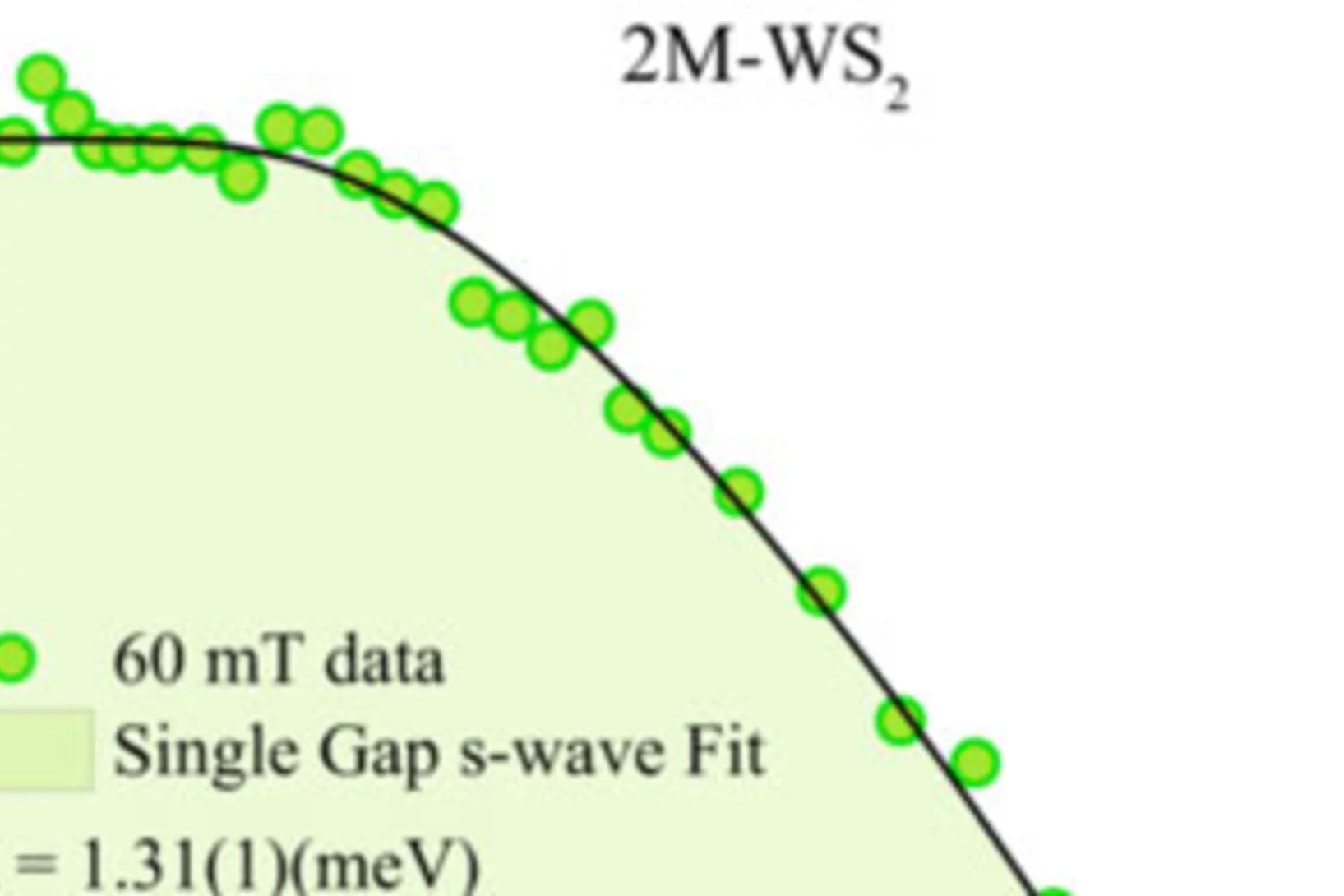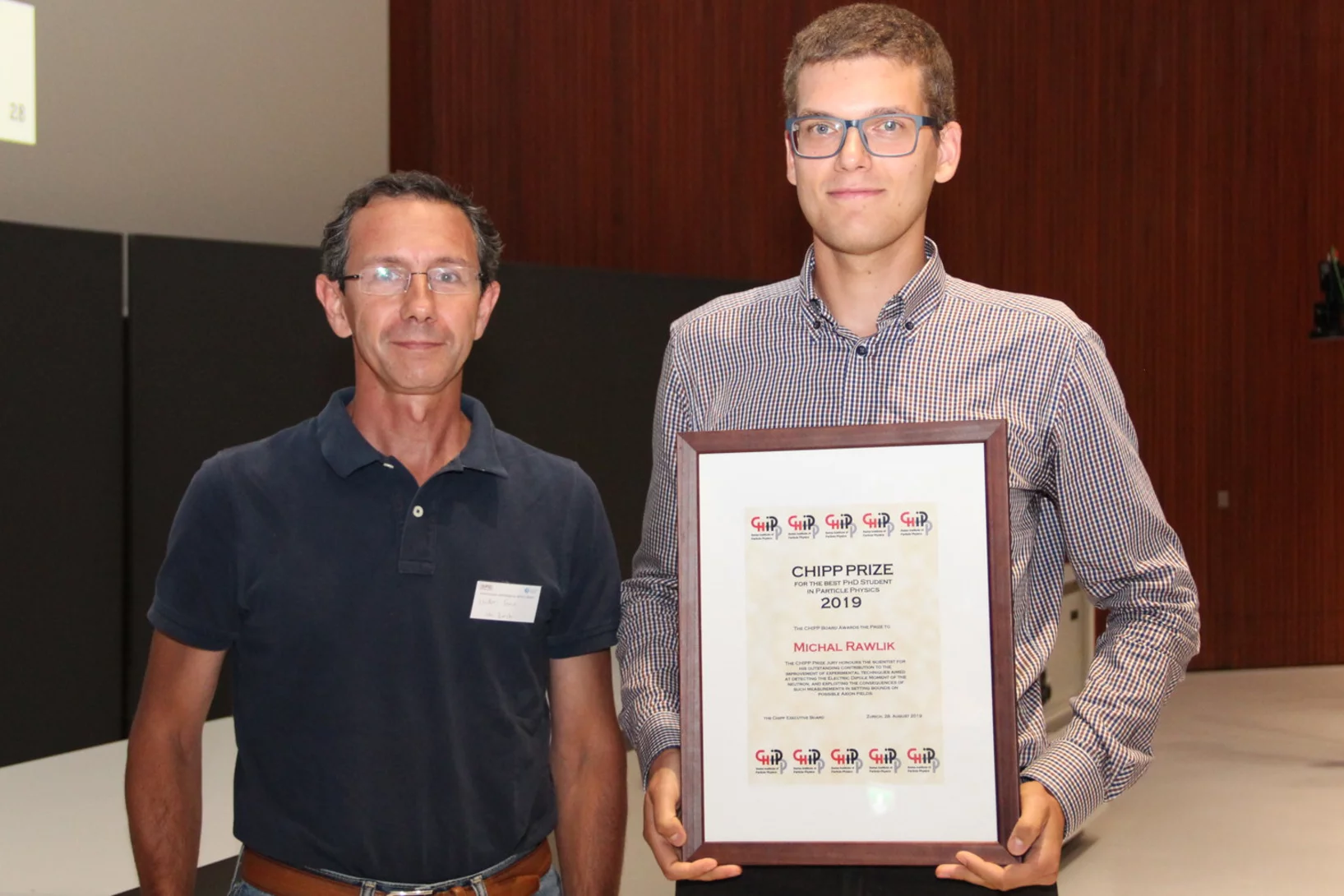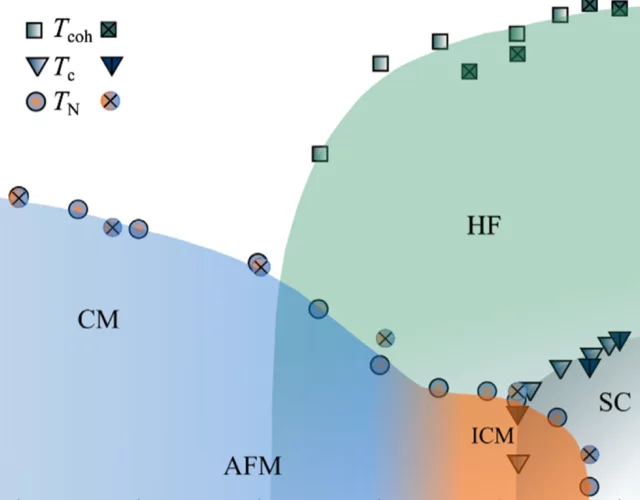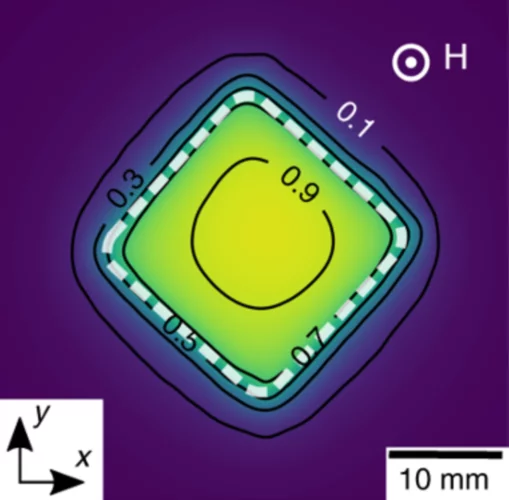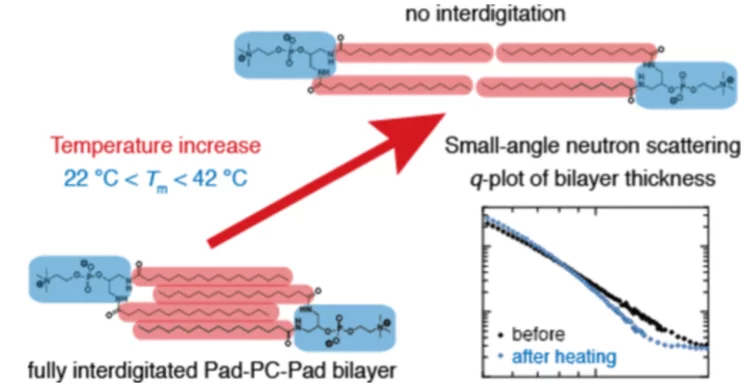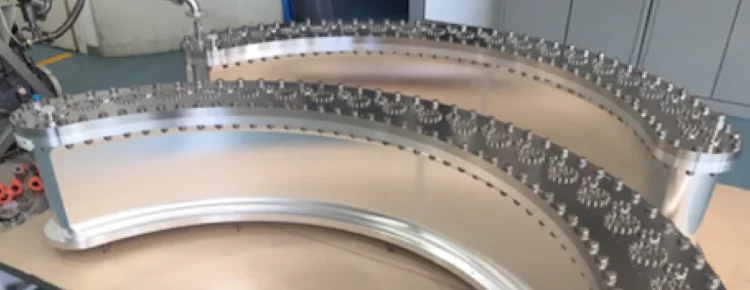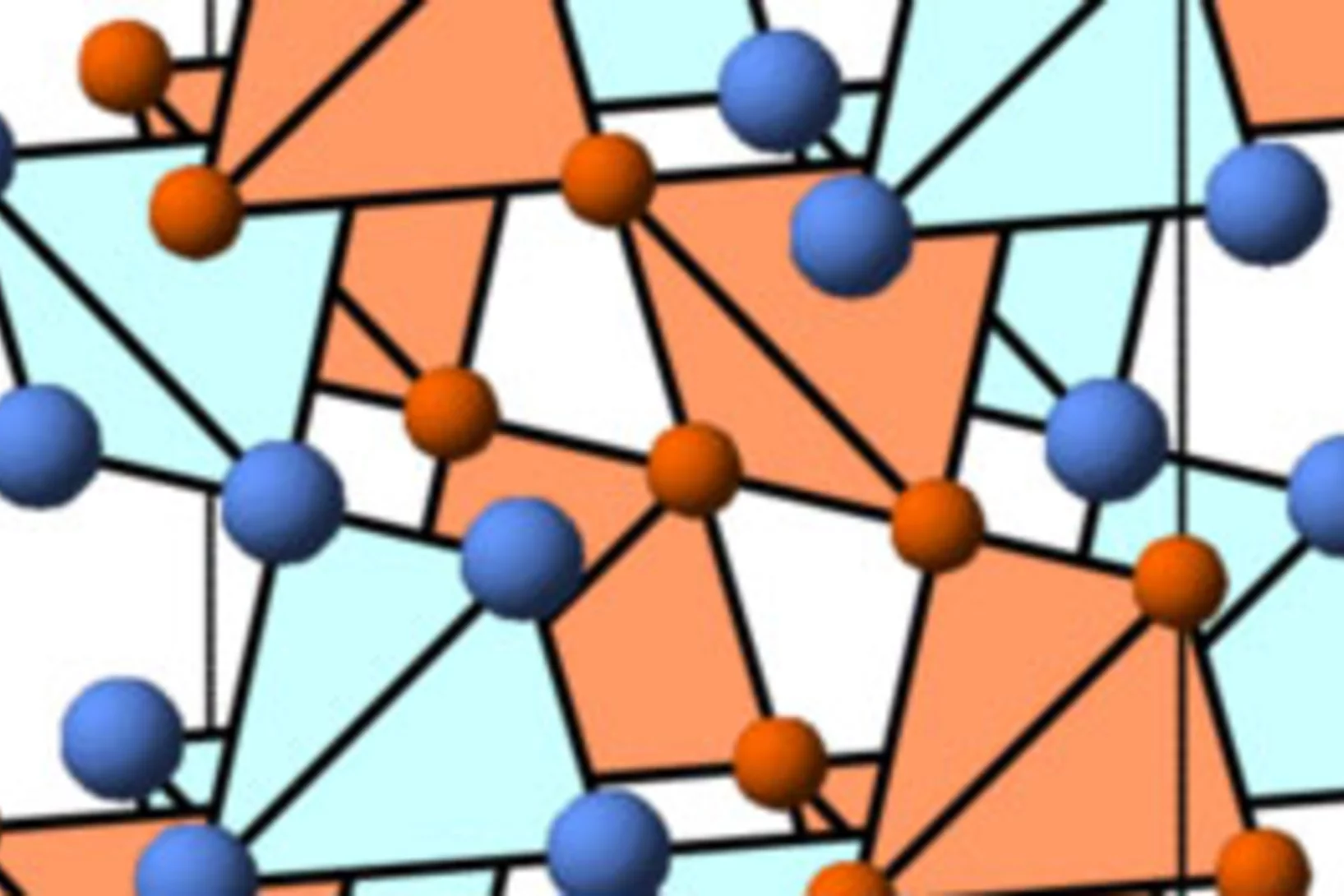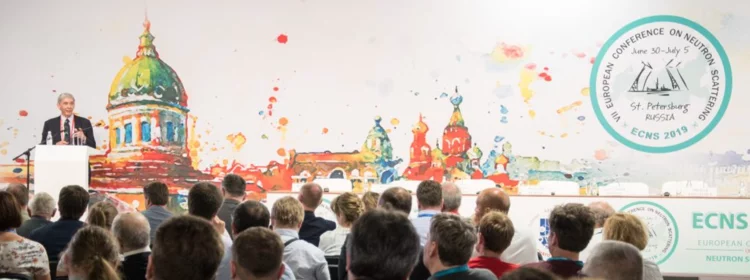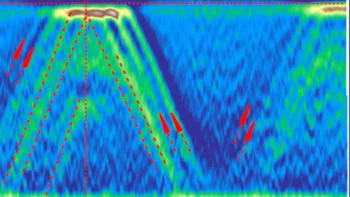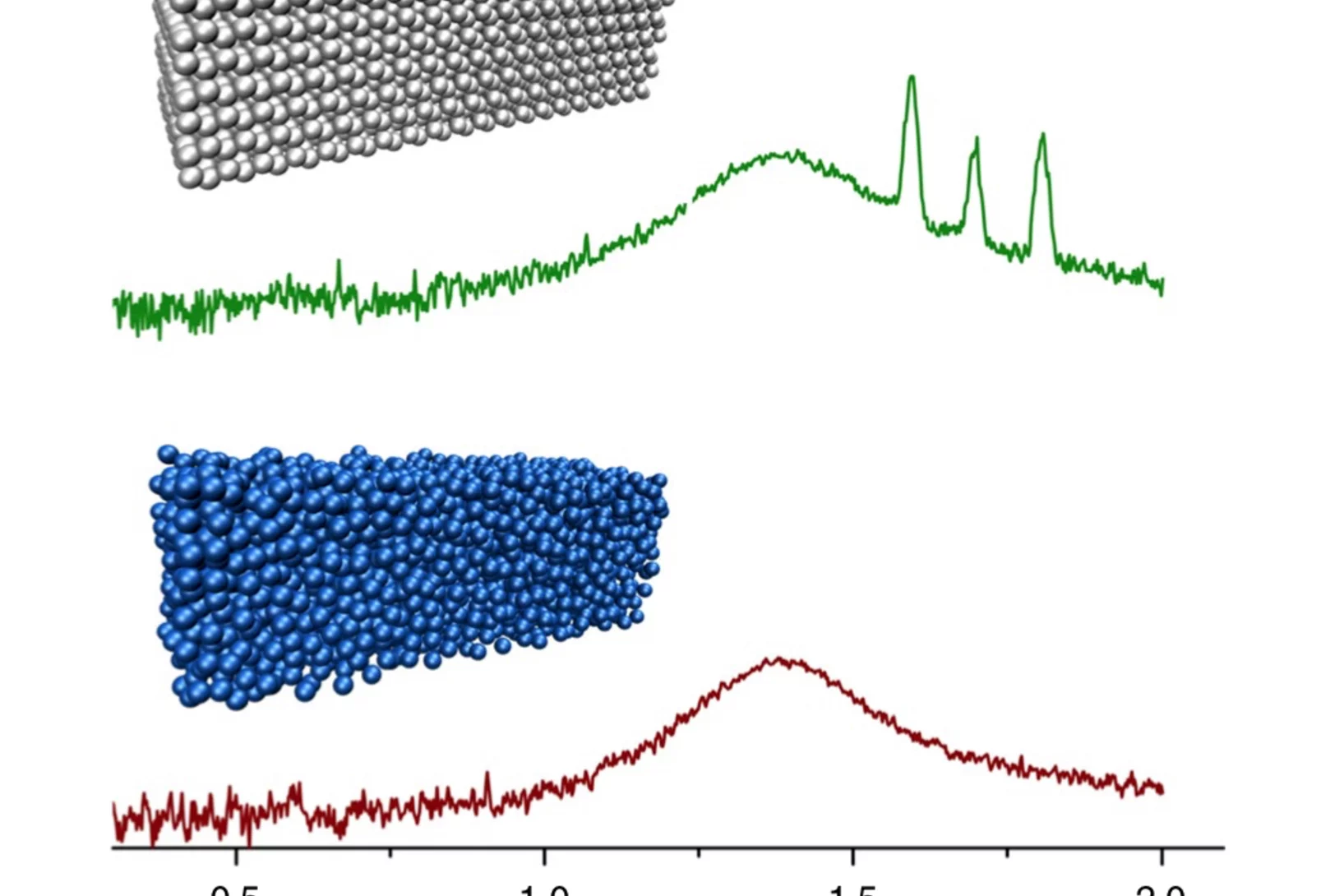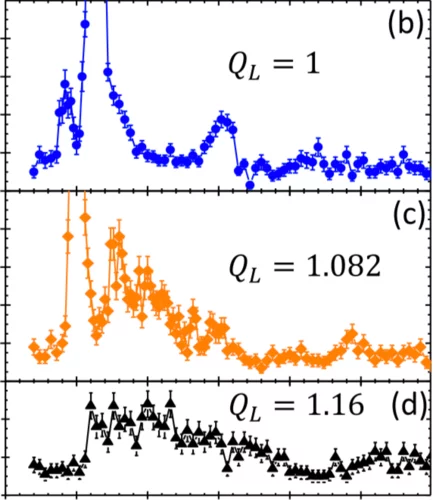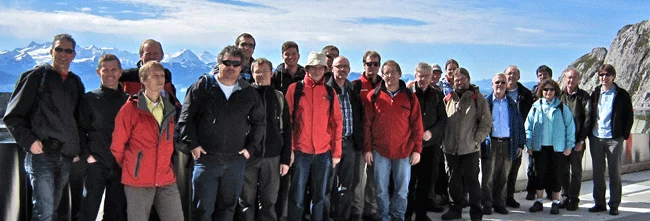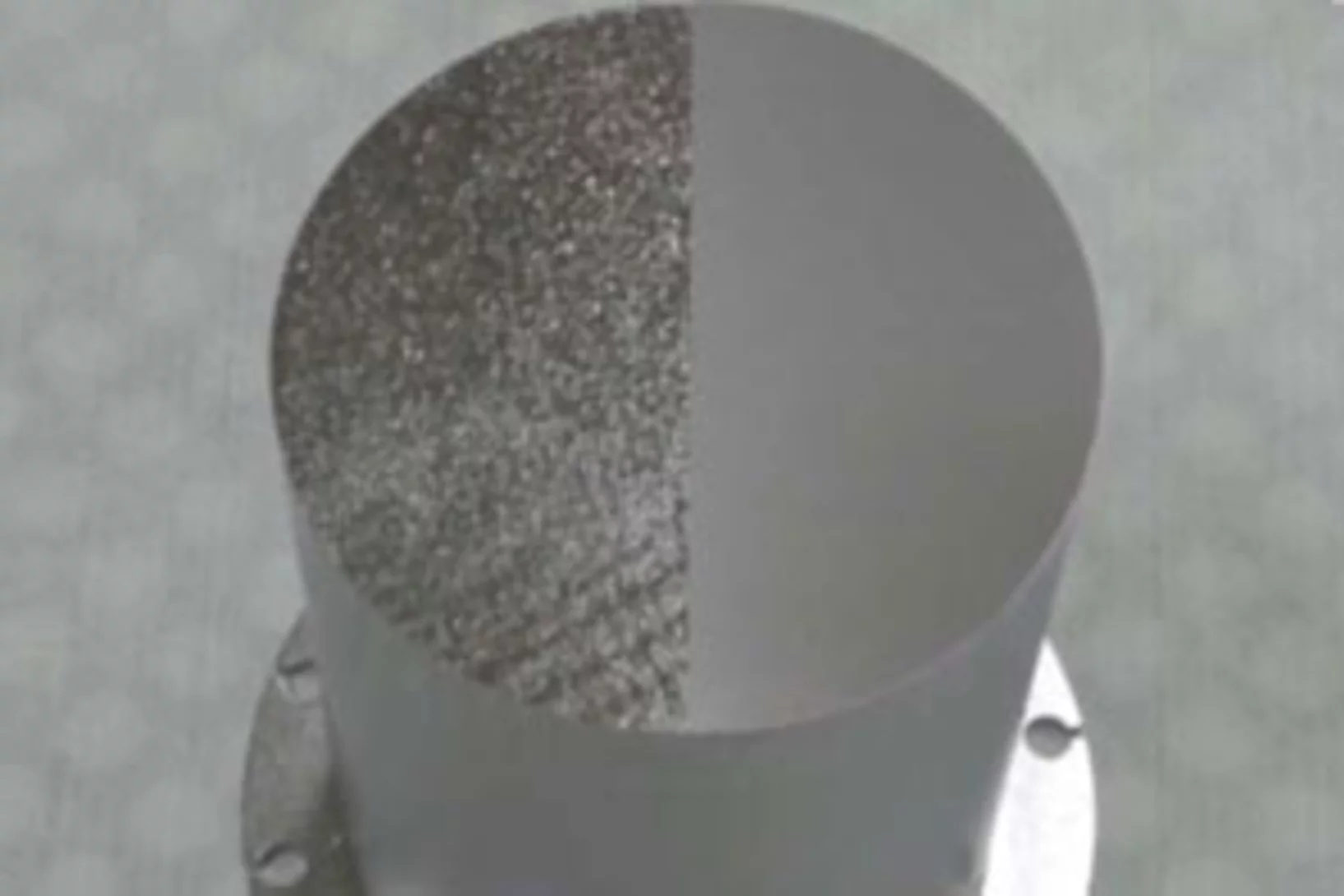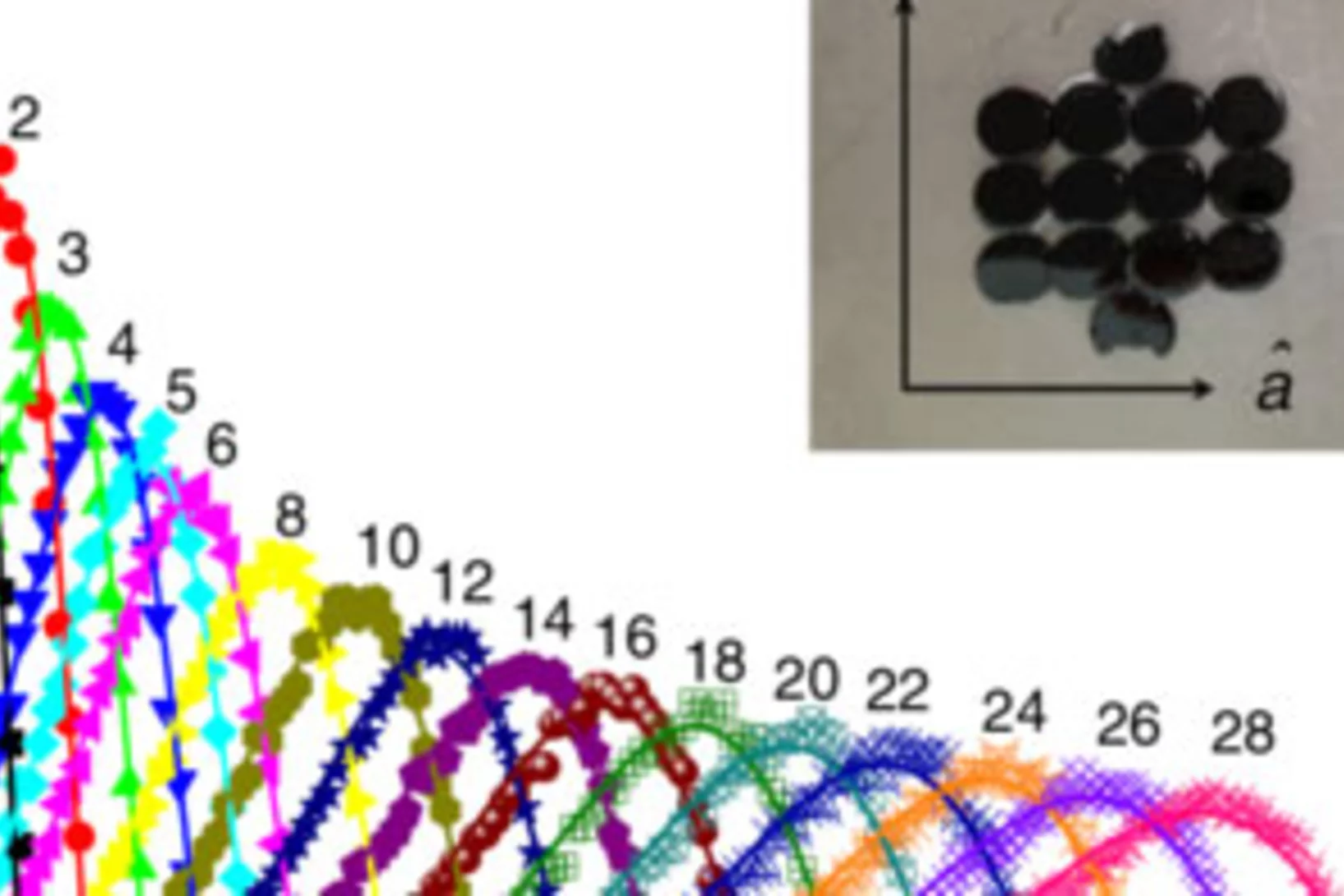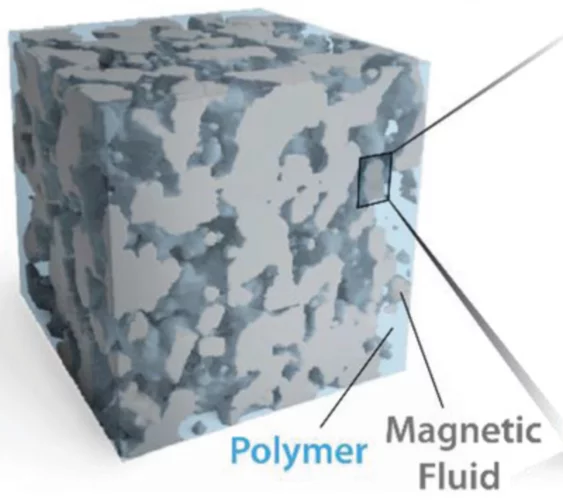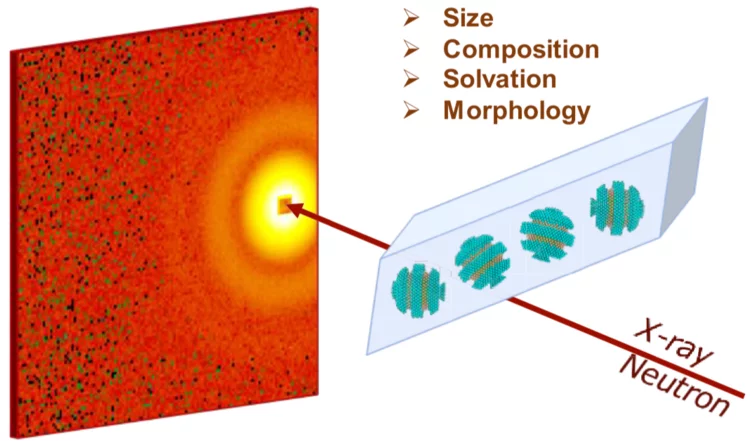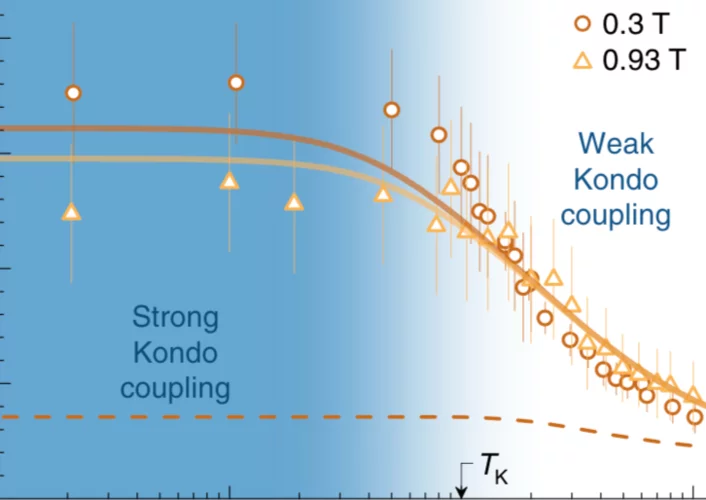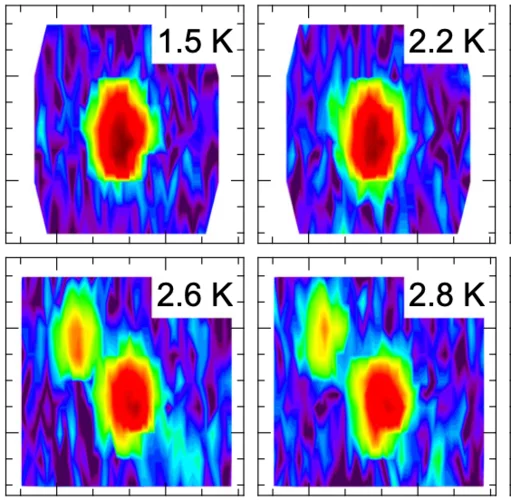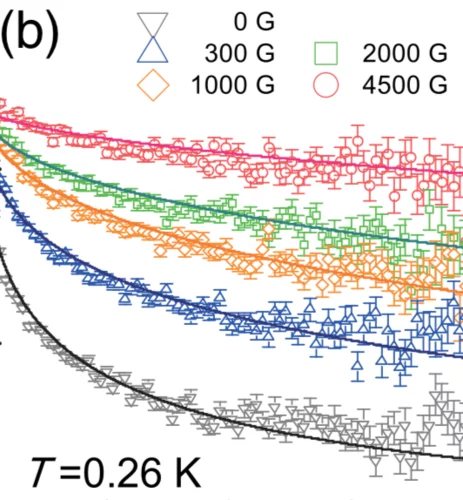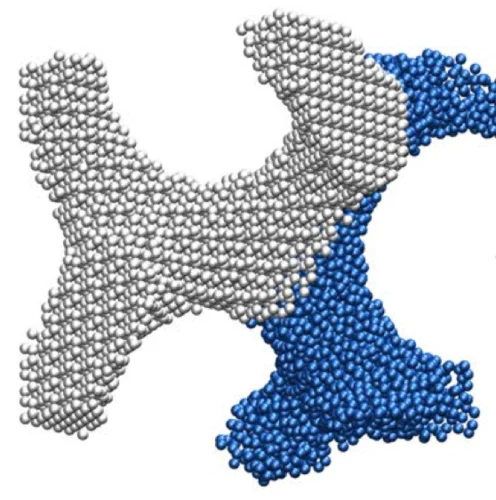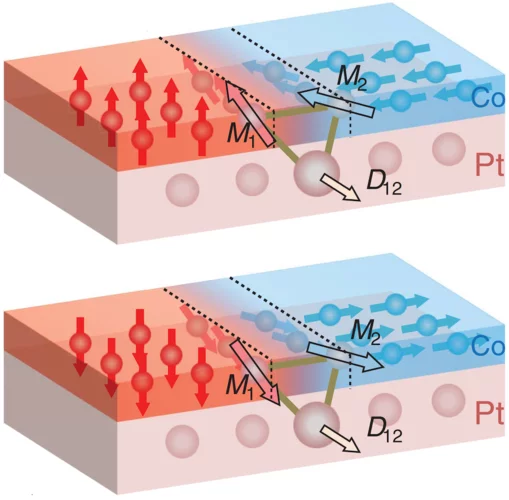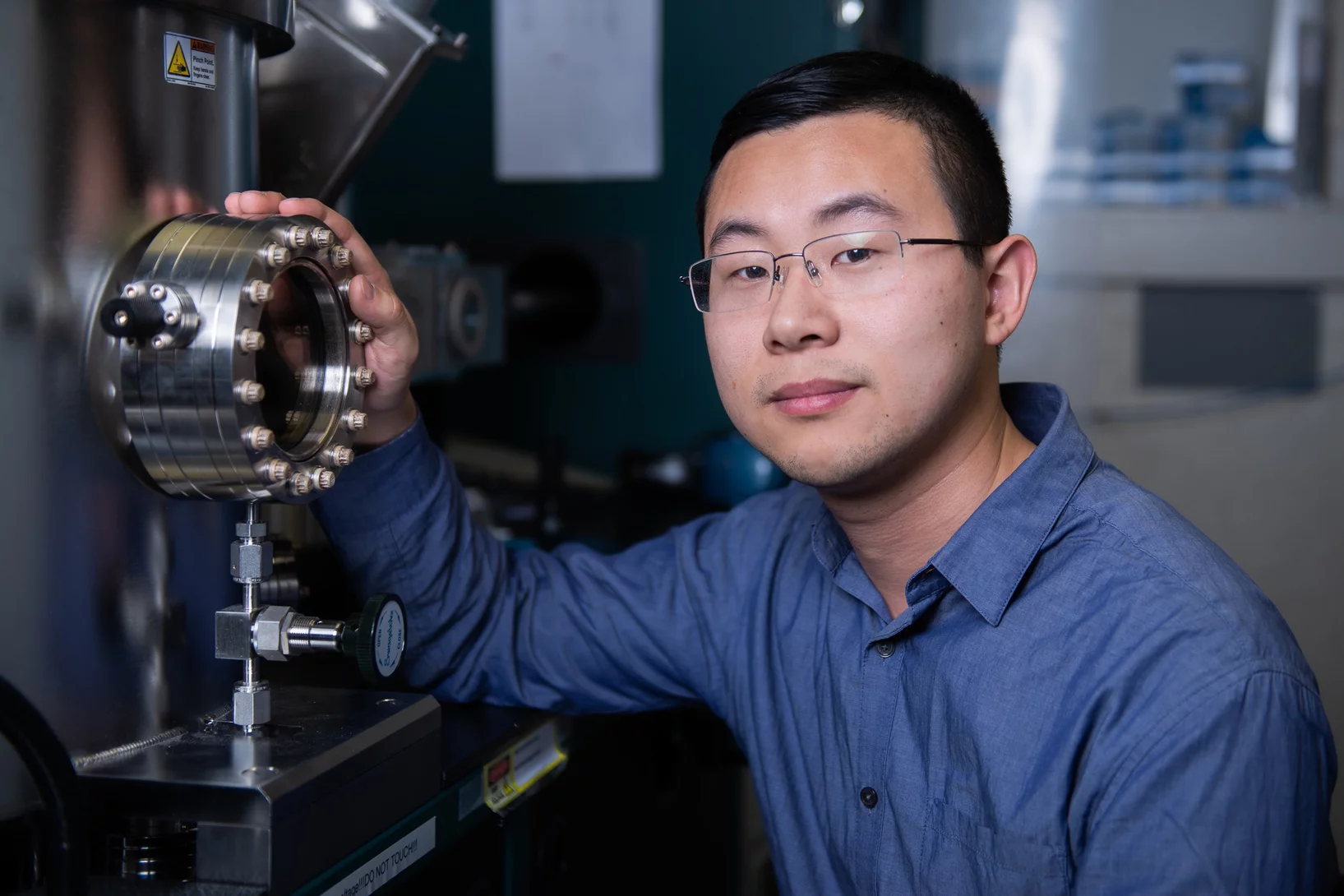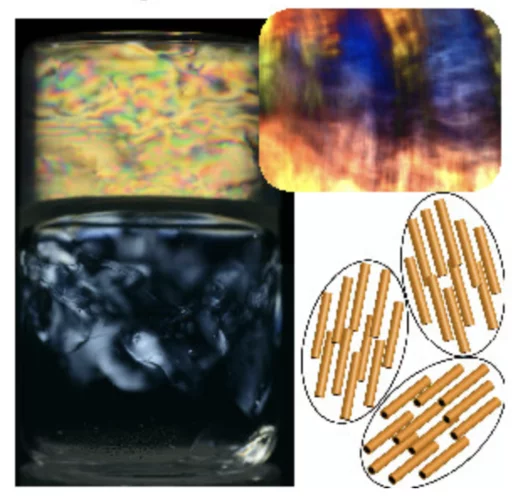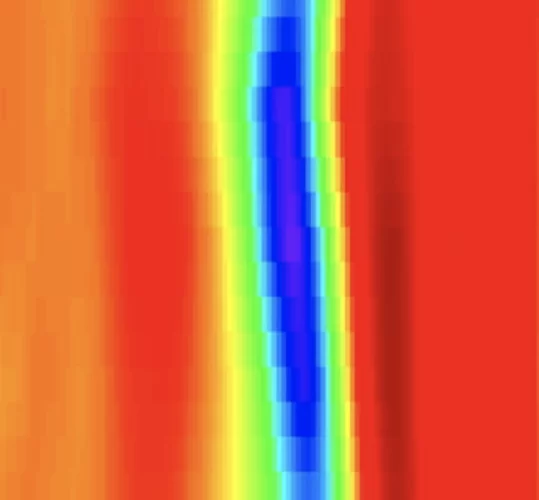Here you find current and previous news from the PSI Center for Neutron and Muon Sciences.
Nodeless superconductivity and its evolution with pressure in the layered dirac semimetal 2M-WS2
Recently, the transition metal dichalcogenide (TMD) system 2M-WS2 has been identified as a Dirac semimetal exhibiting both superconductivity with the highest Tc ~ 8.5 K among all the TMD materials and topological surface states. Here we report on muon spin rotation (μSR) and density functional theory studies of microscopic SC properties and the electronic structure in 2M-WS2 at ambient and under hydrostatic pressures (pmax = 1.9 GPa).
Michał Rawlik awarded the CHIPP Prize 2019
PSI researcher Dr. Michał Rawlik has been awarded the CHIPP Prize 2019 "for his outstanding contribution to the improvement of experimental techniques aimed at detecting the Electric Dipole Moment of the neutron, and exploiting the consequences of such measurements in setting bounds on possible Axion fields".
Evolution of Magnetic Order from the Localized to the Itinerant Limit
Quantum materials that feature magnetic long-range order often reveal complex phase diagrams when localized electrons become mobile. In many materials magnetism is rapidly suppressed as electronic charges dissolve into the conduction band. In materials where magnetism persists, it is unclear how the magnetic properties are affected.
Visualization and quantification of inhomogeneous and anisotropic magnetic fields by polarized neutron grating interferometry
The intrinsic magnetic moment of a neutron, combined with its charge neutrality, is a unique property which allows the investigation of magnetic phenomena in matter. Here we present how the utilization of a cold polarized neutron beam in neutron grating interferometry enables the visualization and characterization of magnetic properties on a microscopic scale in macroscopic samples.
Small-Angle Neutron Scattering Study of Temperature-Induced Structural Changes in Liposomes
Liposomes of specific artificial phospholipids, such as Pad-PC-Pad and Rad-PC-Rad, are mechanically responsive. They can release encapsulated therapeutics via physical stimuli, as naturally present in blood flow of constricted vessel segments. The question is how these synthetic liposomes change their structure in the medically relevant temperature range from 22 to 42 °C.
LIN builds pressure vessels for joint detector project with FRM-II in Munich
Highly efficient two-dimensional detectors are essential for the performance of modern neutron diffractometers. The NUM Division of PSI and the Technical University Munich TUM jointly develop two identical new 3He gas detectors, one for the diffractometer DMC at SINQ and the other for operation at FRM-II in Munich.
Experimental signatures of a three-dimensional quantum spin liquid in effective spin-1/2 Ce2Zr2O7 pyrochlore
A quantum spin liquid is a state of matter where unpaired electrons’ spins, although entangled, do not show magnetic order even at the zero temperature. The realization of a quantum spin liquid is a long-sought goal in condensed-matter physics.
PSI participates in ECNS in St Petersburg
The European Conference on Neutron Scattering (ECNS) with its recent 2019 edition in St. Petersburg is a spree of lectures, poster sessions, and expert talks on the current trends and future possibilities in neutron science. PSI with its neutron source SINQ was represented by members of the three NUM laboratories LNS, LMX and LIN. In addition, PSI was silver sponsor of ECNS 2019 and is also a member of the LENS consortium (League of Advanced European Neutron Sources).
Spin fluctuation induced Weyl semimetal state in the paramagnetic phase of EuCd2As2
Weyl fermions as emergent quasiparticles can arise in Weyl semimetals (WSMs) in which the energy bands are nondegenerate, resulting from inversion or time-reversal symmetry breaking. Nevertheless, experimental evidence for magnetically induced WSMs is scarce. Here, using photoemission spectroscopy, we observe that the degeneracy of Bloch bands is already lifted in the paramagnetic phase of EuCd2As2. We attribute this effect to the itinerant electrons experiencing quasi-static and quasi–long-range ferromagnetic fluctuations.
Soft biomimetic nanoconfinement promotes amorphous water over ice
Water is a ubiquitous liquid with unique physicochemical properties, whose nature has shaped our planet and life as we know it. Water in restricted geometries has different properties than in bulk. Confinement can prevent low-temperature crystalliza- tion of the molecules into a hexagonal structure and thus create a state of amorphous water. To understand the survival of life at subzero temperatures, it is essential to elucidate this behaviour in the presence of nanoconfining lipidic membranes.
Tomonaga-Luttinger Liquid Spin Dynamics in the Quasi-One-Dimensional Ising-Like Antiferromagnet BaCo2V2O8
Combining inelastic neutron scattering and numerical simulations, we study the quasi-one-dimensional Ising anisotropic quantum antiferromagnet BaCo2V2O8 in a longitudinal magnetic field. This material shows a quantum phase transition from a Néel ordered phase at zero field to a longitudinal incommensurate spin density wave at a critical magnetic field of 3.8 T.
Metamagnetic texture in a polar antiferromagnet
The notion of a simple ordered state implies homogeneity. If the order is established by a broken symmetry, the elementary Landau theory of phase transitions shows that only one symmetry mode describes this state. At the exact points of phase coexistence, domain states composed of large regions of different phases can be stabilized by long-range interactions.
Large Anomalous Hall Effect in Topological Insulators with Proximitized Ferromagnetic Insulators
We report a proximity-driven large anomalous Hall effect in all-telluride heterostructures consisting of the ferromagnetic insulator Cr2Ge2Te6 and topological insulator (Bi,Sb)2Te3. Despite small magnetization in the (Bi,Sb)2Te3 layer, the anomalous Hall conductivity reaches a large value of 0.2e2/h in accord with a ferromagnetic response of the Cr2Ge2Te6.
New NUM Laboratory for Neutron and Muon Instrumentation (LIN)
In the division Research with Neutrons and Muons (NUM) all technical knowledge and expertise concerned with the development and operation of the scientific instrumentation for neutron and muon experiments at our user facilities have been united in the new Laboratory for Neutron and Muon Instrumentation (LIN).
Les procédés d’imagerie du PSI aident les fusées à décoller
Des chercheurs du PSI prêtent main forte à la navigation spatiale européenne avec leurs radiographies neutroniques qui permettent de contrôler la qualité de certains composants décisifs pour le décollage des fusées.
Critical fields of Nb3Sn prepared for superconducting cavities
Nb3Sn is currently the most promising material other than niobium for future superconducting radiofrequency cavities. Critical fields above 120 mT in pulsed operation and about 80 mT in CW have been achieved in cavity tests. This is large compared to the lower critical field as derived from the London penetration depth, extracted from low field surface impedance measurements.
Phase transition in the cuprates from a magnetic-field-free stiffness meter viewpoint
A method to measure the superconducting (SC) stiffness tensor ρs, without subjecting the sample to external magnetic field, is applied to La1.875Sr0.125CuO4. The method is based on the London equation J=-ρsA, where J is the current density and A is the vector potential which is applied in the SC state.
Magnetically Addressable Shape-Memory and Stiffening in a Composite Elastomer
With a specific stimulus, shape‐memory materials can assume a temporary shape and subsequently recover their original shape, a functionality that renders them relevant for applications in fields such as biomedicine, aerospace, and wearable electronics. Shape‐memory in polymers and composites is usually achieved by exploiting a thermal transition to program a temporary shape and subsequently recover the original shape.
Multidimensional Characterization of Mixed Ligand Nanoparticles Using Small Angle Neutron Scattering
The properties of ligand protected gold nanoparticles are determined by the synergistic interplay of their structural components, including the metal core, the ligand shell, and the solvation layer. However, the simultaneous characterization of all these components remains a major challenge given their disparate chemical nature.
Kondo screening in a charge-insulating spinon metal
The Kondo effect, an eminent manifestation of many-body physics in condensed matter, is traditionally explained as exchange scattering of conduction electrons on a spinful impurity in a metal. The resulting screening of the impurity's local moment by the electron Fermi sea is characterized by a Kondo temperature TK, below which the system enters a strongly coupled regime.
Elementary excitation in the spin-stripe phase in quantum chains
Elementary excitations in condensed matter capture the complex many-body dynamics of interacting basic entities in a simple quasiparticle picture. In magnetic systems the most established quasiparticles are magnons, collective excitations that reside in ordered spin structures, and spinons, their fractional counterparts that emerge in disordered, yet correlated spin states.
Exotic Low-Energy Excitations Emergent in the Random Kitaev Magnet Cu2IrO3
We report on magnetization M(H), dc and ac magnetic susceptibility Χ(T), specific heat Cm(T) and muon spin relaxation (μSR) measurements of the Kitaev honeycomb iridate Cu2IrO3 with quenched disorder. In spite of the chemical disorders, we find no indication of spin glass down to 260 mK from the Cm(T) and μSR data.
Soft biomimetic nanoconfinement promotes amorphous water over ice
Water is a ubiquitous liquid with unique physicochemical properties, whose nature has shaped our planet and life as we know it. Water in restricted geometries has different properties than in bulk. Confinement can prevent low-temperature crystalliza- tion of the molecules into a hexagonal structure and thus create a state of amorphous water. To understand the survival of life at subzero temperatures, it is essential to elucidate this behaviour in the presence of nanoconfining lipidic membranes.
Chirally coupled nanomagnets
Magnetically coupled nanomagnets have multiple applications in nonvolatile memories, logic gates, and sensors. The most effective couplings have been found to occur between the magnetic layers in a vertical stack. We achieved strong coupling of laterally adjacent nanomagnets using the interfacial Dzyaloshinskii-Moriya interaction. This coupling is mediated by chiral domain walls between out-of-plane and in-plane magnetic regions and dominates the behavior of nanomagnets below a critical size.
Une boussole qui indique l'ouest
La Source de Lumière Suisse SLS a permis à des chercheurs du PSI de découvrir que certains groupes d’atomes se comportent comme une boussole qui indique l’est. Ce nouveau phénomène magnétique pourrait rendre les ordinateurs nettement plus performants.
Ambizione grant for Max Zoller
Max Zoller, currently at the Physik-Institut of the University of Zurich (UZH), has been awarded a Swiss National Science Foundation Ambizione grant with PSI as host institution. Together with a PhD student he will join the particle theory group (NUM, Laboratory of Particle Physics (LTP)). The research of Max Zoller focuses on the automation of perturbative higher-order calculations. With the Ambizione grant Max will now move to PSI for four years, starting on June 1, 2019.
LENS launches activities to strengthen European neutron science
The members of the League of advanced European Neutron Sources (LENS) held their first General Assembly and the first Executive Board meeting on 26 March 2019 in Liblice, the Czech Republic. The consortium adopted and signed Statutes detailing the purpose of LENS, guiding the work of the statutory bodies, and laying the framework for Working Groups responsible for the execution of foreseen activities. For the Swiss spallation neutron source SINQ the head of the NUM division Christian Rüegg signed the documents.
DGKK Award for young researchers 2019 for Pascal Puphal
Dr Pascal Puphal (currently a Postdoc at PSI, LMX, Solid State Chemistry Group) has recently been awarded with the DGKK young researcher price from the German Crystal Growth Community on his Ph.D. work performed in the group of Cornelius Krellner at the Geothe University Frankfurt am Main on the topic "Tuning two dimensional Cu-based quantum spin systems". The work covers the stabilization and proof of a 2D dimer structure by Sr substitution in Han Purple and the research of novel kagome materials of the prominent quantum spin liquid candidate herbertsmithite by the hydrothermal route.
Ion-Induced Formation of Nanocrystalline Cellulose Colloidal Glasses Containing Nematic Domains
Controlling the assembly of colloids in dispersion is a fundamental approach toward the production of functional materials. Nanocrystalline cellulose (NCC) is a charged nanoparticle whose colloidal interactions can be modulated from repulsive to attractive by increasing ionic strength.
Negative flat band magnetism in a spin–orbit-coupled correlated kagome magnet
Electronic systems with flat bands are predicted to be a fertile ground for hosting emergent phenomena including unconven- tional magnetism and superconductivity, but materials that manifest this feature are rare. Here, we use scanning tunnelling microscopy to elucidate the atomically resolved electronic states and their magnetic response in the kagome magnet Co3Sn2S2.


